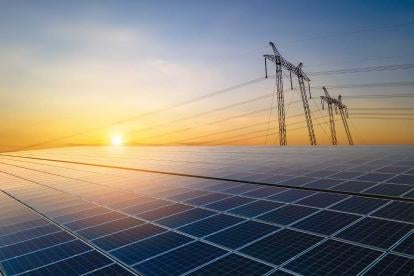On May 26, 2023, the Energy Regulatory Commission (CRE) published agreement No. A/018/2023 in the Official Gazette of the Federation (DOF), updating the reference values of the methodologies for calculating electric power cogeneration system efficiency and the criteria for determining efficient cogeneration, as well as the criteria for efficiency and methodology of calculating the percentage of fuelfree energy established in the resolutions RES/003/2011, RES/206/2014, /RES/291/2012, and RES/1838/2016 (the “Agreement”), which took effect May 27, 2023.
The below tables compare the relevant changes made by the Agreement to each of the resolutions.
I. RES/206/2014
The Agreement modifies Section 1 of the methodology for calculating the efficiency of electric energy cogeneration systems and the criteria for determining efficient cogeneration.
II. RES/291/2012
The Agreement modifies the sixteenth and eighteenth provisions of the general provisions for accrediting efficient cogeneration systems.
III.RES/1838/2016
The Agreement modifies the general administrative provisions containing the efficiency criteria and establishing the calculation methodology to determine the percentage of fuel-free energy in energy sources and electric power generation processes.
Conclusion
According to the newly established conditions, combined cycle power plants are considered clean energy sources. However, the Energy Transition Law (LTE) states that “electricity generation through combined cycle plants may not be considered as efficient generation.”
This redefinition, which grants combined cycle plants the status of clean energy, allows power plants to enter the Clean Energy Certificates market, which aims to serve as a tool to measure progress towards an energy transition to renewables and Mexico’s decarbonization. Likewise, the reconceptualization of what constitutes clean energy expands the amount of fuel-free energy in the country's energy matrix, but it does so by using fossil fuel sources, and therefore does not strictly comply with the requirements established for an energy transition.
Thus, by considering combined cycle plants as clean energy plants, the CRE intends to promote compliance with its environmental goals to counteract the effects of climate change. These goals are national and international in scope. On the one hand, the LTE states that by 2024, Mexico will generate 35% of its electricity from renewable sources. On the other hand, via the Paris Agreement, Mexico has committed to the international community to reduce its greenhouse gas emissions by 22% by 2030. However, by 2022, the share of clean energy in the country's energy matrix was 27% short of its 32% target.
Law clerk Paula Maria De Uriarte and Summer Associate Alejandra García Corominas contributed to this article
* This GT Alert does not apply to matters or laws in the United States, nor to other jurisdictions outside of Mexico.




 i
i


